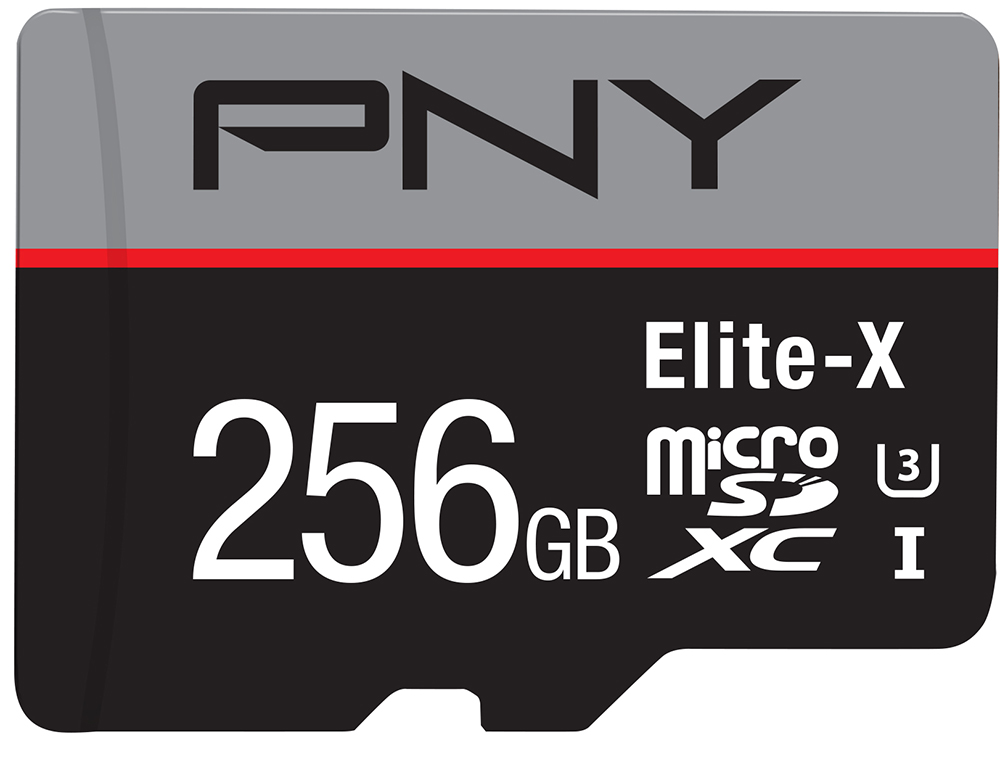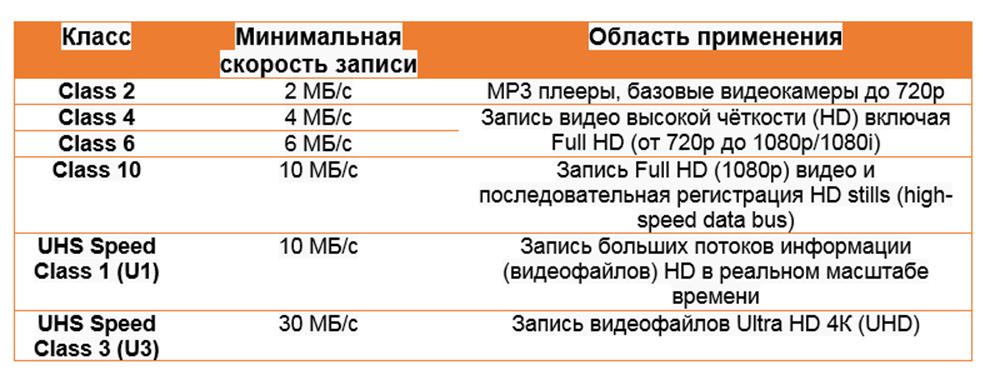Compact storage media today firmly entered the life of almost everyone thanks to the rapid development of the digital device industry. Mobile phones, photo and video equipment, navigation systems, recorders - all this in most cases requires special memory cards for recording and storing data. The most popular and often used among them are MicroSD, MicroSDHC and MicroSDXC drives.
The difference between MicroSD and MicroSDHC and MicroSDXC
With completely identical sizes (a single form factor), these cards are by no means universal, and not every device is capable of perceiving one or another drive. Therefore, an important factor when buying a storage medium is an understanding of the differences between MicroSD, MicroSDHC and MicroSDXC from each other, as well as awareness of the support of a particular standard by the device for which memory is selected.
MicroSD cards
One of the very first data carriers of the Secure Digital format, the direct successor to MMC. Thinner and more compact cards quickly gained popularity among owners of digital devices, and the microSD form factor to this day remains the main among the vast majority of manufacturers of portable gadgets.
Main characteristics of microSD format media:
- The maximum storage capacity does not exceed 2 gigabytes.
- The speed of reading and writing information is up to 25 Mb / s.
- Support for FAT12 and FAT16 file systems.
Quite modest indicators for modern storage media, but at one time these characteristics for most users were more than enough. The card has direct compatibility with all manufactured devices.
MicroSDHC cards
The next step in the digital evolution, with identical card sizes, the differences between MicroSD and MicroSDHC are quite significant:
- Storage capacity - from 4 to 32 gigabytes.
- Increased speed of reading and writing data - up to 150 Mb / s.
- Able to work with the FAT 32 file system.
The most popular type of memory currently in use, largely due to a good combination of price and performance. It has the same direct compatibility with more advanced devices (including card readers), but there is no backward compatibility: on devices of the previous generation, both significant malfunctions and a failure of card initialization in general are possible.
MicroSDXC cards
The most productive type of memory standard Secure Digital, which also has the highest storage capacity. More detailed specifications look like this:
- Storage capacity - from 32 gigabytes to 2 terabytes. At the same time, memory cards larger than 512 GB (namely, the Microdia Xtra Elite card has such capacity) are not currently presented to the public.
- The speed of interaction with data is up to 312 Mb / s.
- Support for NTFS and exFAT file systems.
Cards of this type represent the logical response of memory manufacturers to the increasing popularity of both production and consumption of UHD content. Now you will not surprise anyone with the possibility of shooting video with a resolution of 3840x2160 by the smartphone’s camera, not to mention cameras and camcorders. And for interacting with such data, the device must have rather high characteristics, among which are the speed of writing and reading information. It is with these requirements in mind that the XC memory was developed.

In terms of direct compatibility, there are no differences between MicroSD, MicroSDHC, and MicroSDXC memory cards - all earlier devices are supported, but backward compatibility is supported, but not partially on all devices: some smartphones, cameras, or card readers can read XC media without problems (if there are no in the device itself is subject to technical limitations), but at the speeds of the HC standard. In addition, these same technical limitations may not allow the gadget to correctly initialize a large memory card. For example, the smartphone Huawei Honor 8 Pro, despite the support of the SDXC standard, simply does not read a card larger than 128 GB. Therefore, when buying this is worth focusing on.
Speed classes
The difference between MicroSD and MicroSDHC and MicroSDXC is that they belong to different speed classes. Within each standard, there are several types of memory designed for different purposes and for use on different devices. And if ordinary MP3 players or portable speaker systems so popular now, low-speed cards of the most "old" standard are enough, then for a professional action camera the difference between MicroSD and MicroSDHC is already critical, and successful data recording and reading will require at least SDHC with high speed.
table of correspondence
If you follow the exact classification adopted by the manufacturers of memory chips, there are fourteen speed classes, but only six are common among the direct market participants. For the speed differences between MicroSD and MicroSDHC and MicroSDXC, a special formative card rating is used, a coefficient, one unit of which is equivalent to 150 Kb / s. This can be most clearly represented using the table.

It is on these numbers that you should be guided when choosing a drive. At the same time, it does not hurt to look into the specification of the device for which memory is selected in order to eliminate possible compatibility problems. At the same time, in the pursuit of a favorable price, you should not choose unknown brands whose products feature attractive labels that promise high performance at an ultra low price. No, there will be no direct deception, but the information that inspires respect for the high speed of data processing turns out to be half true in practice: the medium readily reads the data at the declared speed, but the write speed, alas, is several times lower.
Using this instruction, you can easily understand the differences between Microsd cards from MicroSDHC and MicroSDXC and confidently choose exactly what you need for yourself.